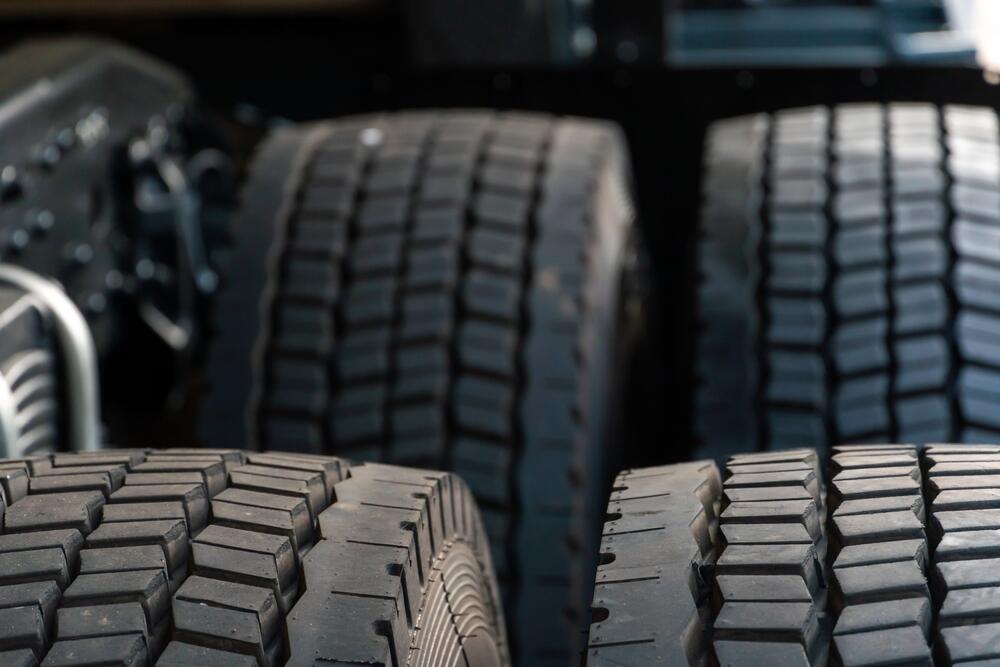Shipping tires to different destinations can be a challenging task, considering their size, weight, and potential for damage during transit. Whether you are a business involved in the tire industry or an individual looking to ship a set of tires, following essential tips for safe and efficient shipping is crucial to ensure your tires arrive at their destination in optimal condition. Let’s discuss some key guidelines to help you ship tires securely and efficiently:
- Properly Package the Tires
The first step in ensuring safe tire shipping is to package them properly. Invest in sturdy, high-quality packaging materials that can withstand the rigors of transportation. Each tire should be individually wrapped and secured to prevent scuffing and damage. Bubble wrap or foam padding can be used to protect the tire’s sidewalls and tread area. Place the wrapped tires in a strong cardboard box or crate, ensuring there is no room for movement inside the package. Fill any gaps with cushioning material to minimize the risk of internal shifting during transit.
- Choose the Right Shipping Service
Selecting a reliable and experienced shipping service is essential to ensure the safe delivery of your tires. Look for carriers that specialize in handling large and heavy items. Freight shipping or specialized tire carriers may be the best options for shipping multiple tires. Compare shipping rates and delivery times from different companies to find the most suitable option for your needs. If you are looking experienced tire shipping service in Germany, please search “reifen versenden”.
- Check Shipping Regulations
Before shipping tires, familiarize yourself with any regulations and restrictions imposed by the shipping company and the destination’s authorities. Some carriers have specific guidelines regarding the shipment of tires, such as the maximum number of tires per package or specific labeling requirements. Additionally, international shipments may require customs documentation, so be sure to prepare all necessary paperwork in advance.
- Insure the Shipment
Consider purchasing shipping insurance to protect your investment in case of loss or damage during transit. Even with the best packaging and carriers, accidents can happen, and having insurance will provide you with peace of mind. Check with the shipping company about their insurance policies and coverage options.
- Label the Package Clearly
Properly labeling the package helps ensure smooth and efficient transit. Include clear shipping and return addresses, along with contact information, both inside and outside the package. Clearly indicate that the contents are tires and mark the package as fragile, so handlers take extra care during loading and unloading.
- Monitor the Shipment
Stay informed about the progress of your shipment through tracking services provided by the shipping company. Monitoring the shipment allows you to know its whereabouts and anticipate any potential delays. With real-time tracking, you can also be prepared to receive the tires promptly upon arrival.
- Consider Tire Stacking Restrictions
If you’re shipping multiple tires, be mindful of any restrictions on tire stacking. Stacking too many tires on top of each other can lead to excessive pressure, which might cause damage. Follow the recommended stacking guidelines provided by the tire manufacturer or the shipping company.
- Ensure Accessibility for Delivery
If you are shipping to a specific address, make sure that the destination is accessible to the delivery truck. Check for any potential obstacles, such as low-hanging branches, narrow pathways, or steep inclines that may hinder the delivery process. Providing clear instructions to the driver about the delivery location can help avoid delays or delivery failures.
- Remove Air from Tires (Optional)
For certain types of tire shipments, especially when shipping in bulk, you might consider partially deflating the tires to reduce their overall size and make packing more efficient. However, consult with tire experts or the shipping company to determine if this step is suitable for your specific tire type.
Conclusion
Shipping tires safely and efficiently requires careful planning, proper packaging, and choosing the right shipping service. By following the essential tips outlined in this article, you can significantly reduce the risk of damage during transit and ensure that your tires arrive at their destination in excellent condition. Remember to research shipping regulations, use appropriate packaging materials, and consider insurance for added protection. With these measures in place, you can confidently ship tires to any destination with ease.

